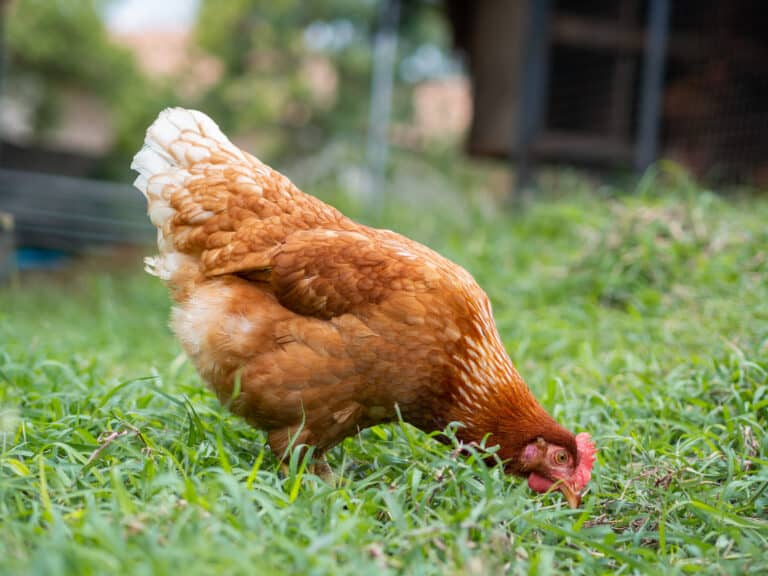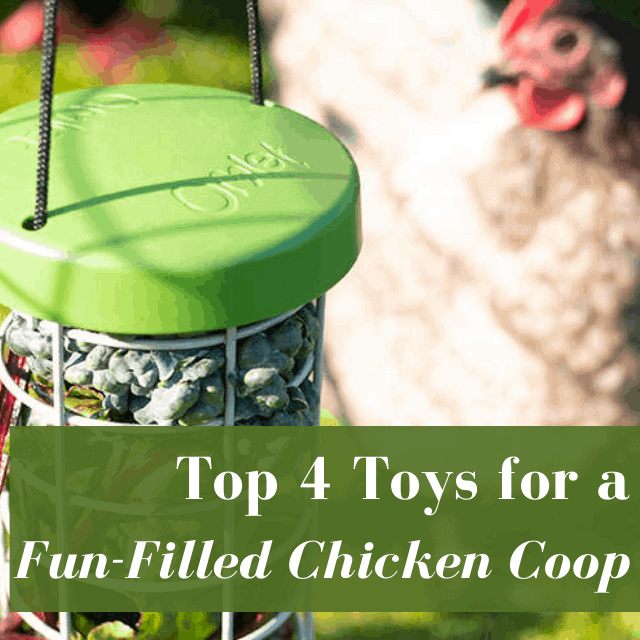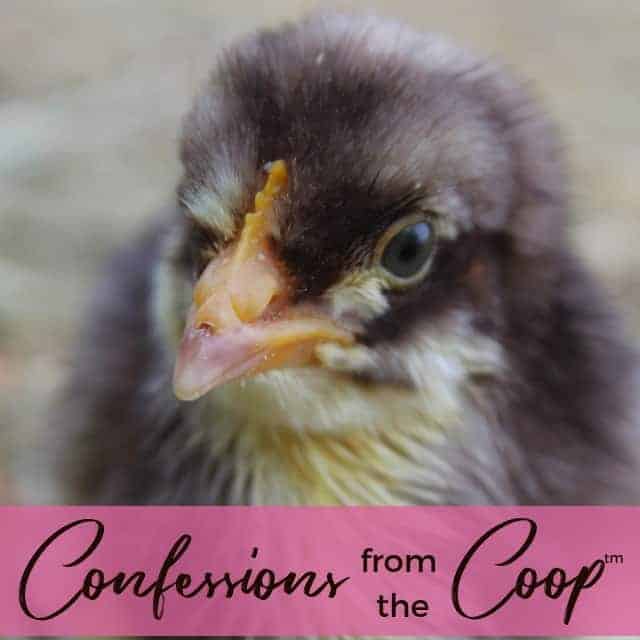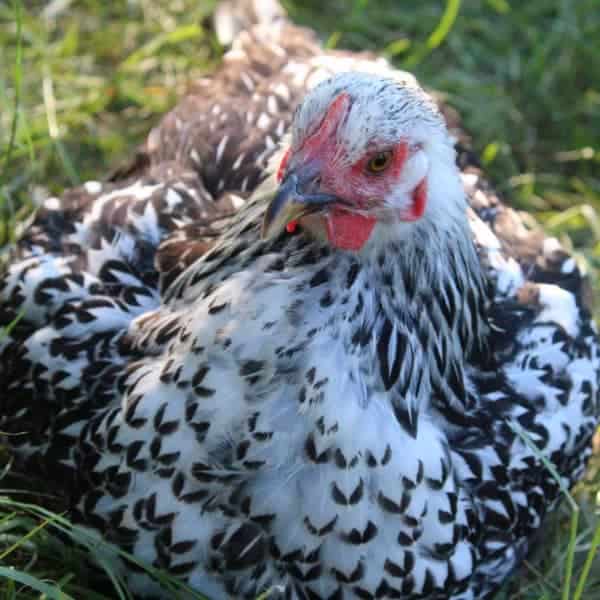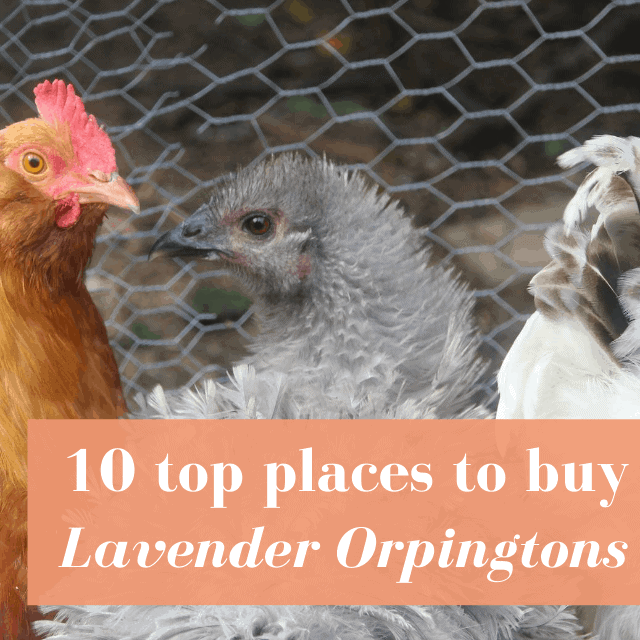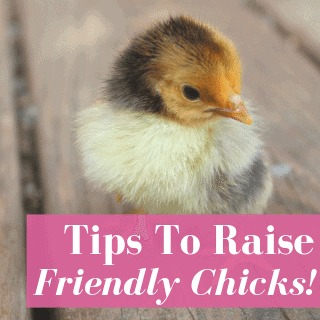The Sumatra chicken breed, originating from Indonesia’s enchanting island of Sumatra, is a captivating sight to behold. With its glossy black feathers, adorned with a shimmering blue-green hue, these chickens are the picture of elegance and beauty.
Beyond their stunning appearance, Sumatra chickens are a bit mysterious in history but still rich in culture making them cherished members of the poultry world.
Let’s dive into the fascinating world of Sumatra chickens, where beauty and mystery meet.
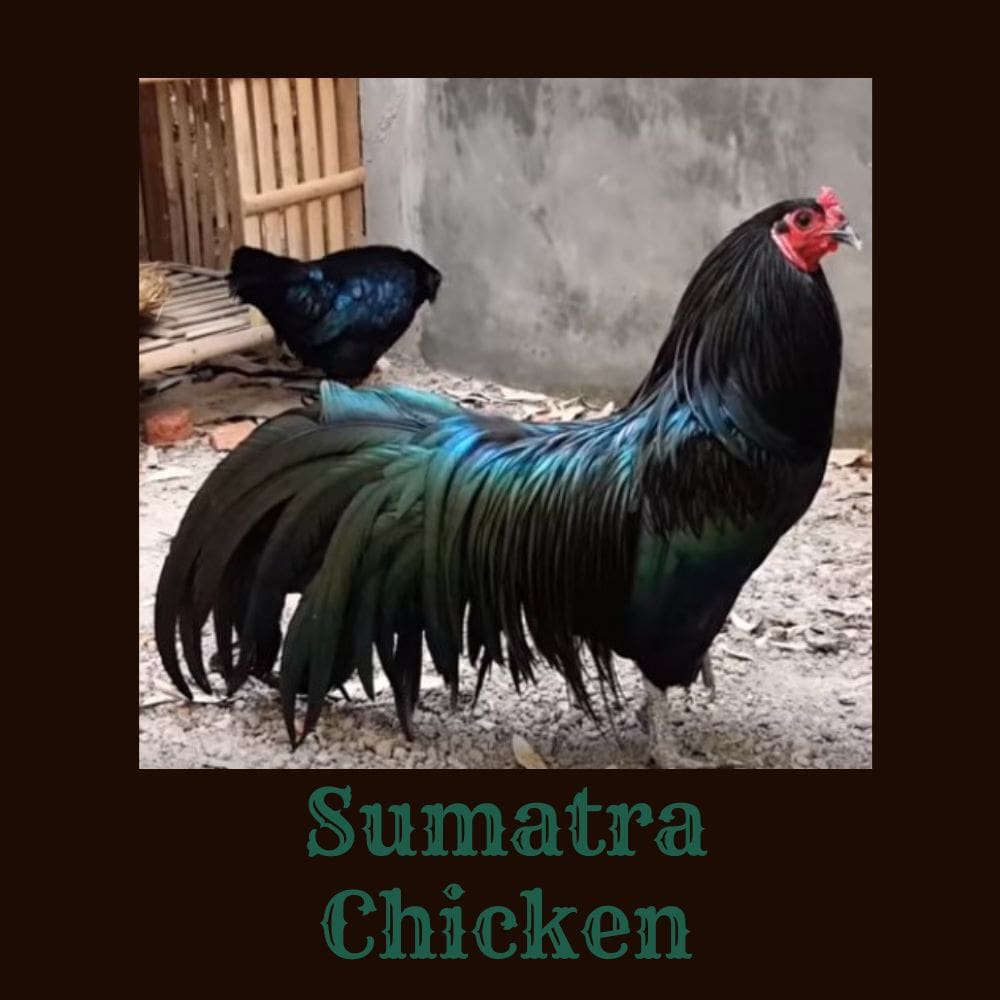
Table of Contents (Quickly Jump To Information)
Sumatra Chicken Breed History Snippet
As with many chicken breeds, we don’t have a complete history. Some things are just going to be a mystery no matter how much we wish we could figure it out. The good news is that we can at least trace this breed back to its importation in 1847. It was originally from the island of Sumatra in southeast Asia and that’s where it gets its final name. Read the quote below from The Livestock Conservancy – there is a surprising twist on the history of the name.
The Sumatra chicken was first imported into the United States in April 1847 by J.A.C. Butters of Roxybury, MA. There were subsequent importations by others in 1850-52. The breed went to Germany in 1882 where it was, at first, called “Black Yokohama”. Nelson A. Wood, of the Smithsonian Institute in Washington D.C., began with the breed in 1885 and is given much credit for refining the Sumatra chicken to enhance its flowing feathers and increasing its productivity.
The Livestock Conservancy
Not only was it called the Black Yokohama at one point, but it was also referred to as the Sumatran Pheasant. Although it is interesting in appearance, it is definitely a chicken and not a pheasant. This fact is clearly why that particular name didn’t stick.
The Sumatra breed was recognized by the American Poultry Association in 1883 as a standard breed. They are considered jungle fowl and are kept primarily as ornamental chickens.
Sumatra Chicken Appearance
The appearance of the Sumatra chicken breed is truly remarkable. These chickens possess a slender and graceful build that simply makes them beautiful.
However, it’s their feathers that truly steal the spotlight. Imagine glossy black plumage with a mesmerizing blue-green iridescence when touched by sunlight. This unique feature gives them a distinct look, setting them apart from many other breeds.
The feathers are exceptionally smooth and shiny, adding to their overall appeal. From their confident stance to their shimmery plumage, Sumatra chickens are undeniably a sight to behold.
Sumatra males and Sumatra hens are both glorious in appearance. They have a small pea comb to match their dainty 4 to 5-pound bodies. The wattles are also tiny, sometimes even hard to find. Of course, the most stunning feature of these birds is their long, flowing tail feathers that almost look like a wedding dress train.
One of the more interesting things about this breed is that they can have black skin and bones like the Silkie! Some have dark skin, and some even have yellow skin. If a black-skinned chicken piques your interest you may also be interested in reading about the Ayam Cemani breed. It’s ALL black, from head to toe.
This Sumatra breed is mostly known for the black variety. This is the one with black feathers with an amazing beetle green sheen, but today it also comes in a couple of other color varieties. Blue varieties and Dun colors are cited by The Livestock Conservancy. However, the black Sumatra chicken is going to be the easiest to find even though they are all considered rare.
One last fun fact about the appearance of this beauty, they can have multiple spurs! We don’t know why but it’s likely just part of their protection system for the wild yonder.
Sumatra Temperament
This little bird is a nervous, flighty, survivor. It’s always on the lookout for predators and danger so it makes for an excellent foraging-free-ranger. It does not make a good lap chicken, however.
The Sumatra chicken is still a pretty natural bird, meaning it’s not as tame as many of the breeds you may be used to. Although, this is not 100% true in all cases. I’ve read about some Sumatra chickens that are quite tame.
It’s safe to say they aren’t mean or aggressive, just (usually) not an easy-to-catch-and-hold bird. They make up for it in beauty though.
Whether it be the Sumatra rooster or the hen, they tend to be jumpy and flighty birds.
Sumatra Chicken Egg Production
They can lay up to 100 small white eggs each year. Not a record-setting bird but still enough to earn its keep. Besides, they are so lovely to look at whether they lay eggs or not.
Plus, they lay well in the winter months. I’d say that’s a bonus. We need eggs in the cold months too!
These ladies are not dreaming of motherhood either, so they don’t tend to go broody. If you are looking for a breed that is low on the broodiness scale, this breed might make your list.
You should consider feeding these birds protein-rich treats like these to make them as people-friendly as possible (and boost their nutrition while you are at it 😉). Your eggs will benefit from this as well.
Where to Buy Sumatra Chickens
There are many places you can buy Sumatra chickens. You can check with local breeders in your area for starters. Here are a few hatcheries to get you started if you’d like to order them that way.
Summary
If you are wanting an ornamental breed and dream of a long tail bird walking around foraging with your flock – the Sumatra chicken is worth considering.
It’s a lovely breed with a unique look that is sure to be a conversation starter at the very least.

A happy wife, mother, teacher, writer, hobby farmer, lover of chickens, and contributor to Pampered Chicken Mama!

